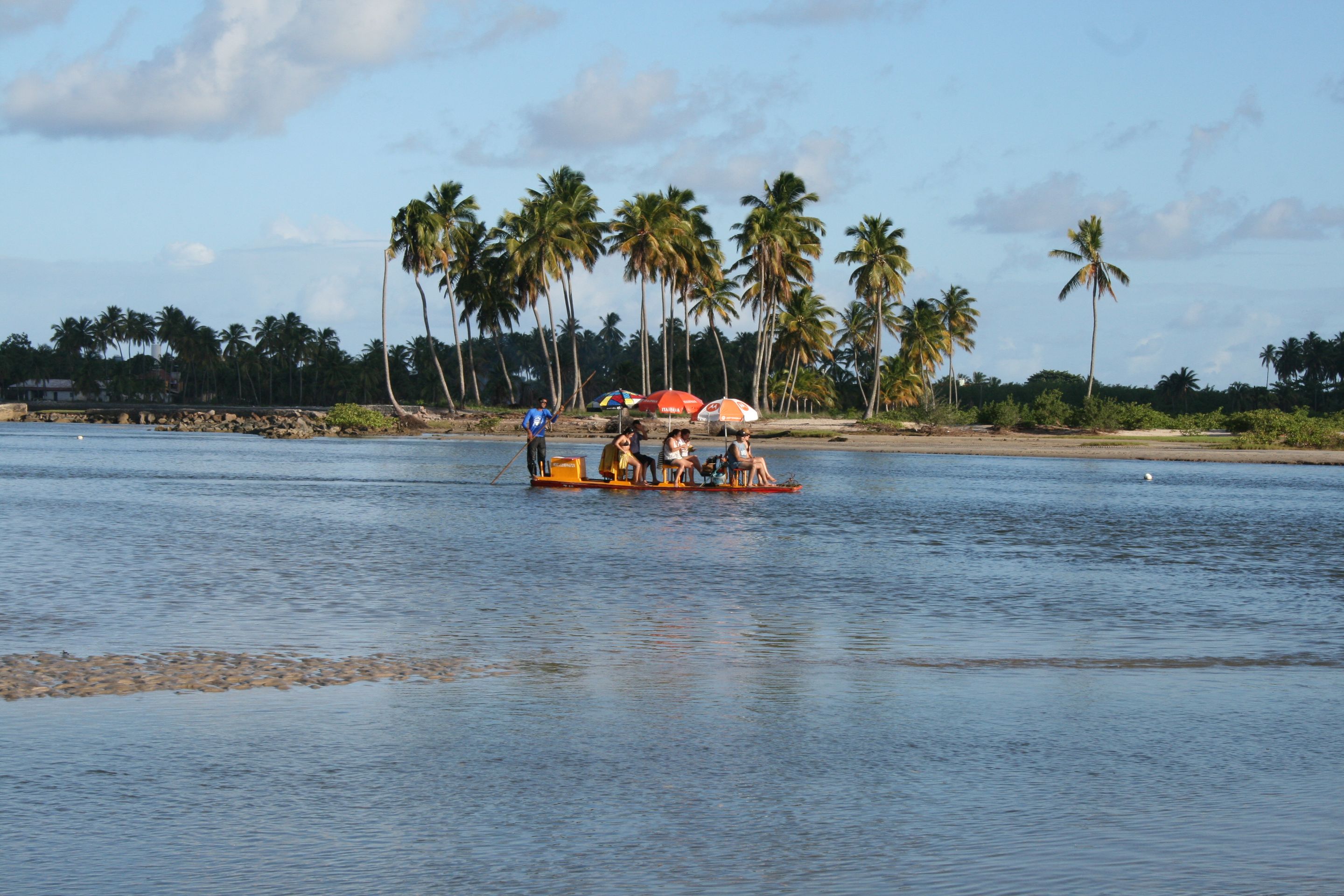
Riding shotgun with us ...
vakantio.de/riding-shotgun-with-us
Reykjavik – colourful and northernmost capital of Europe
Byatangajwe: 18.07.2024
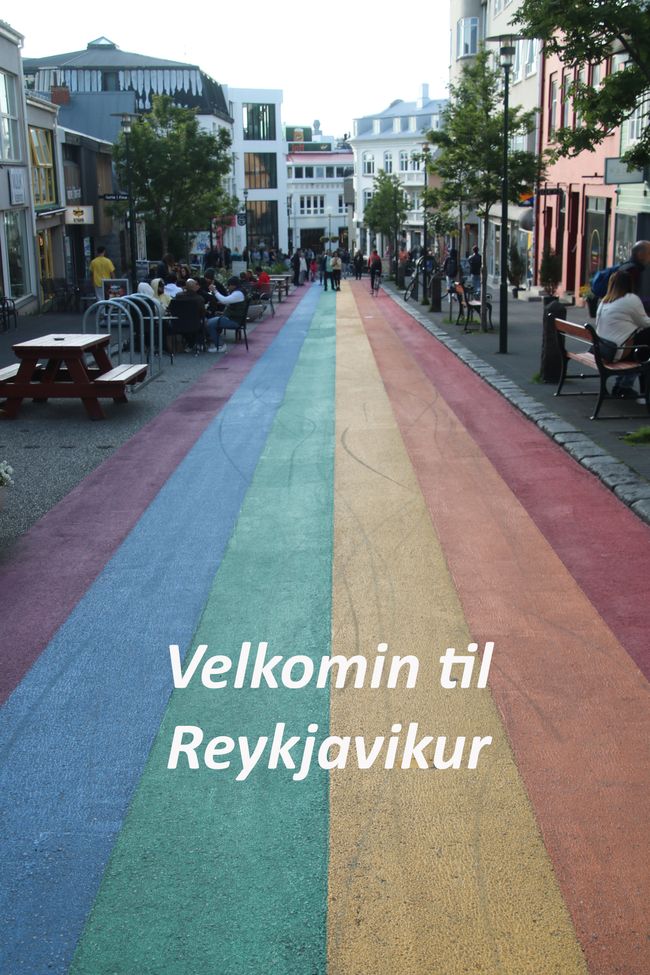
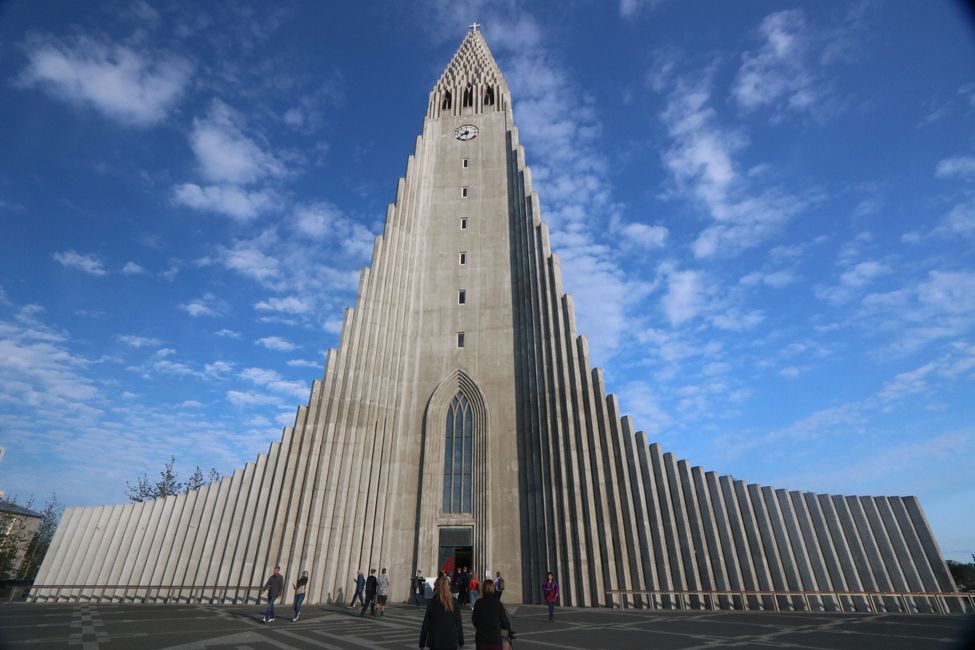
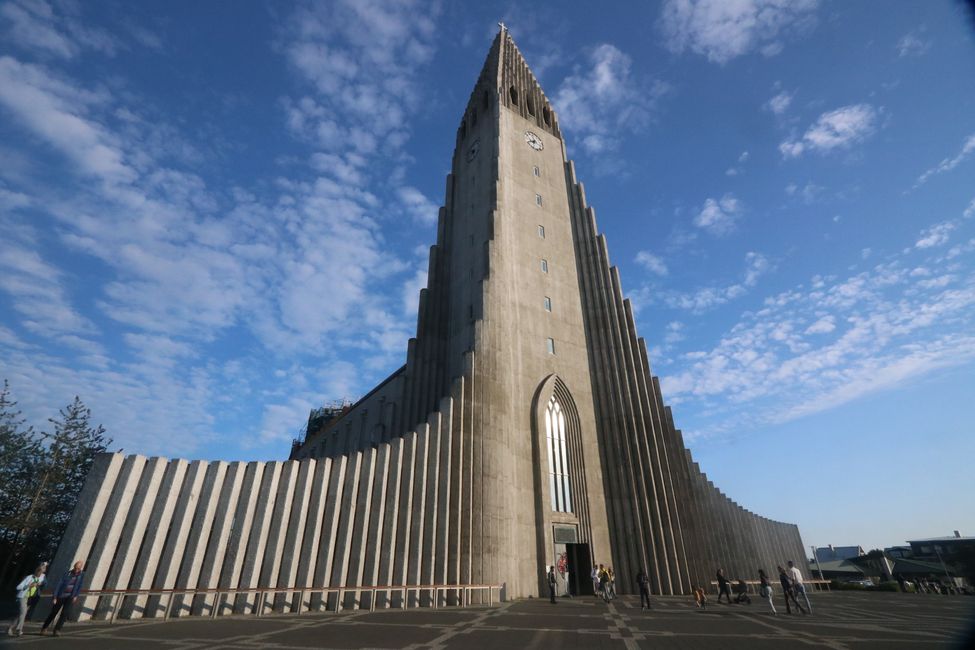
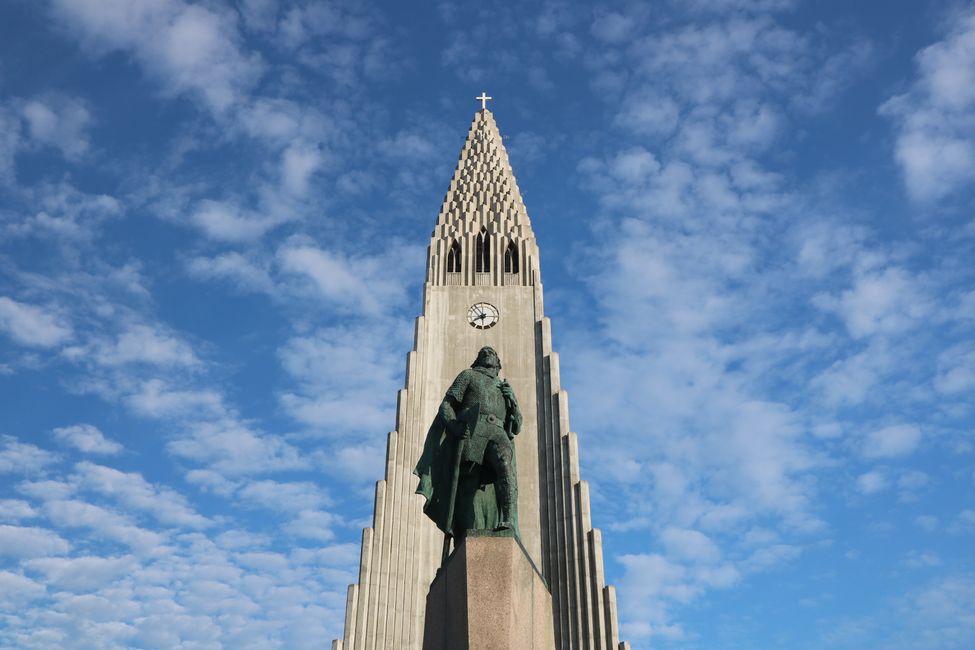
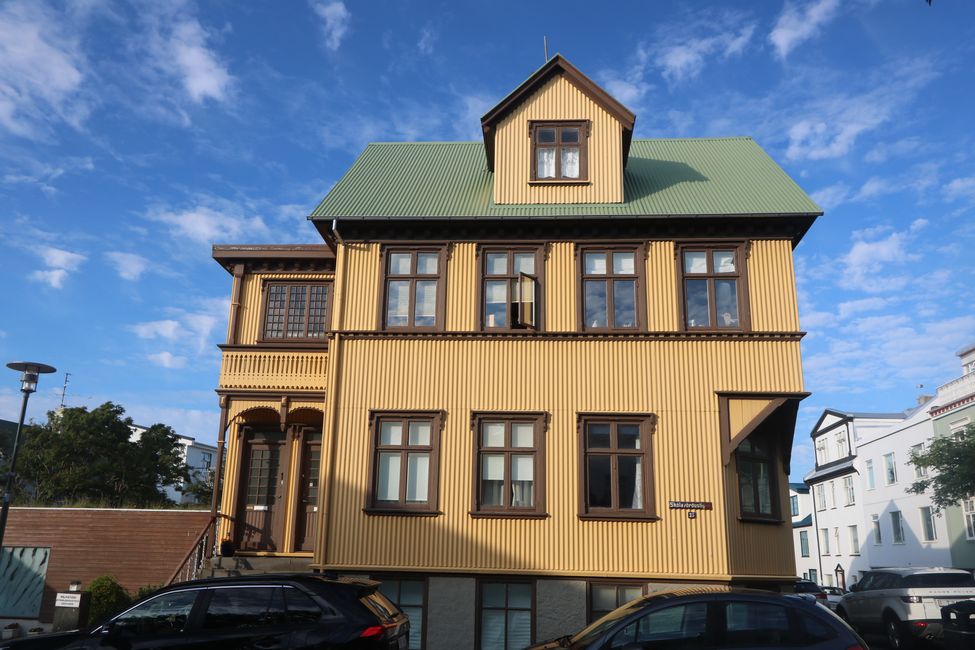
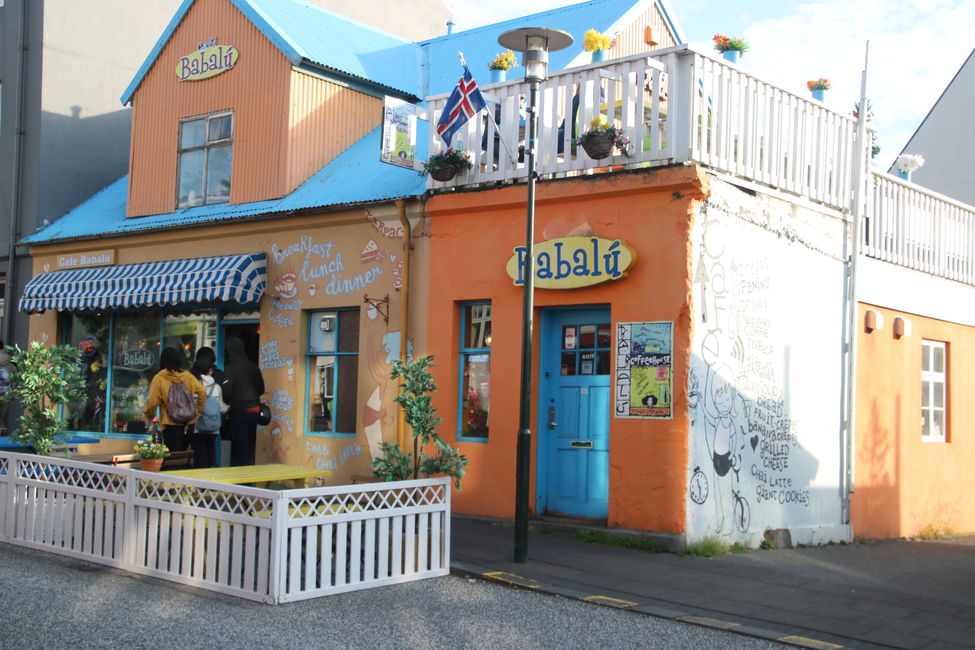
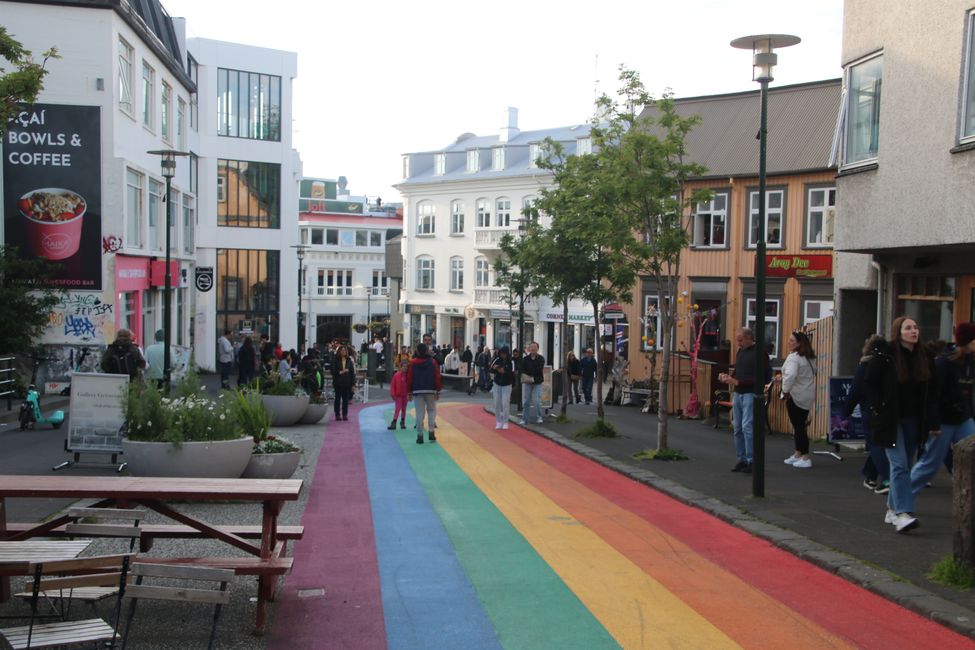
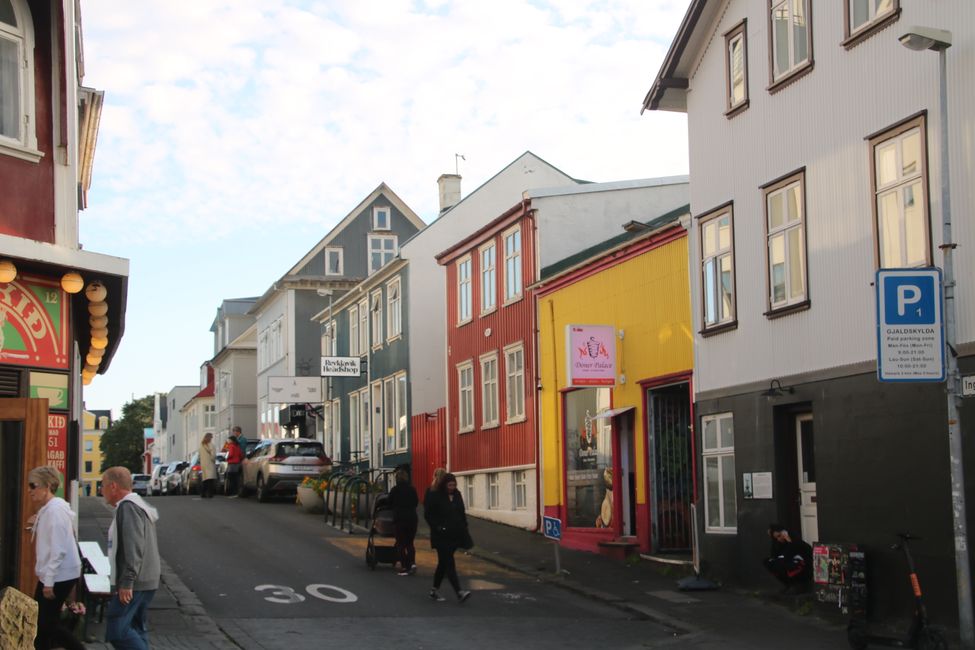
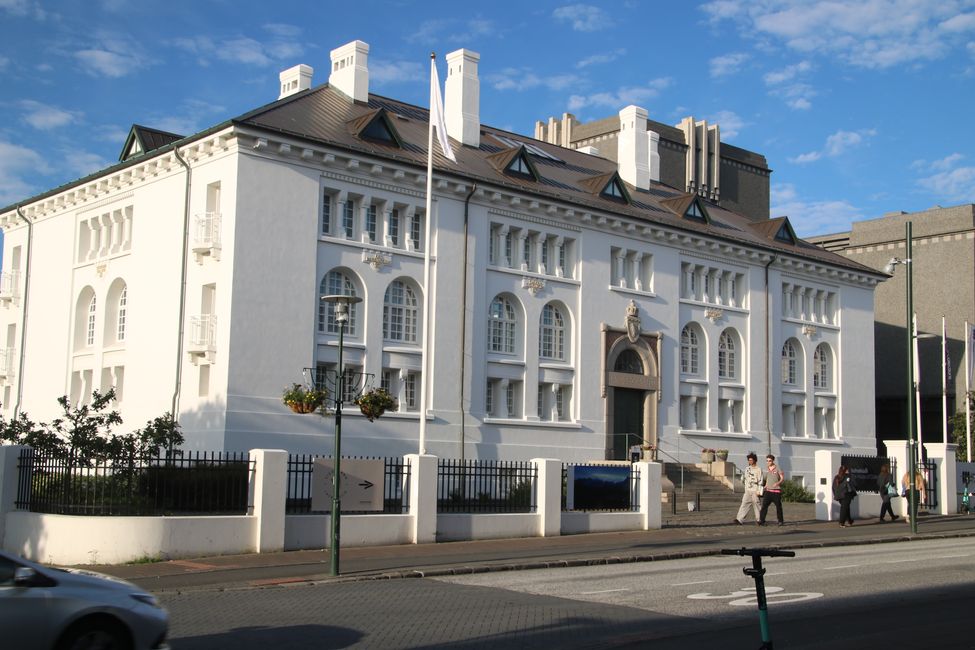

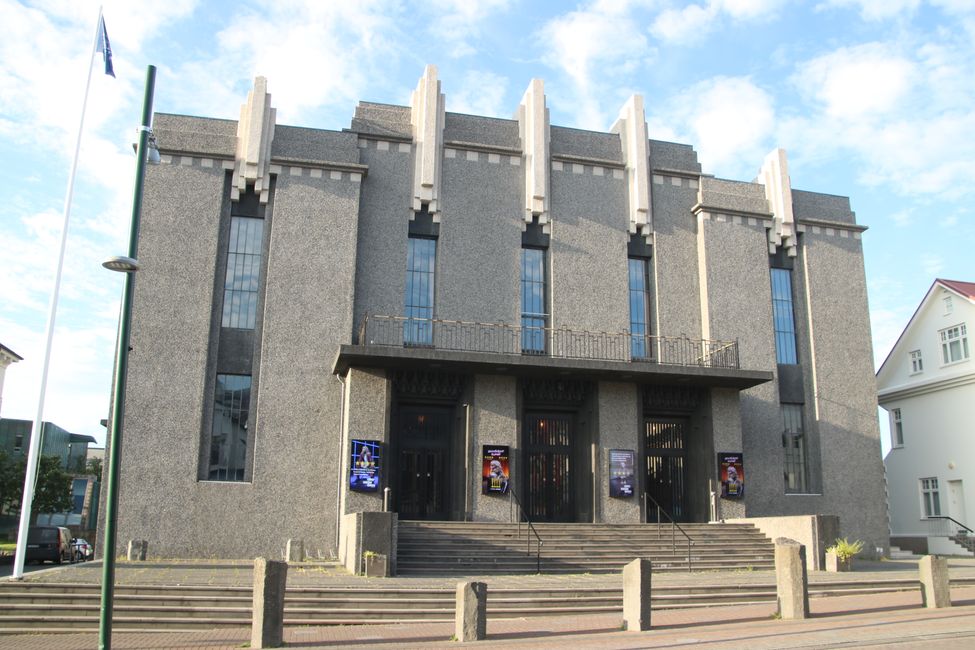
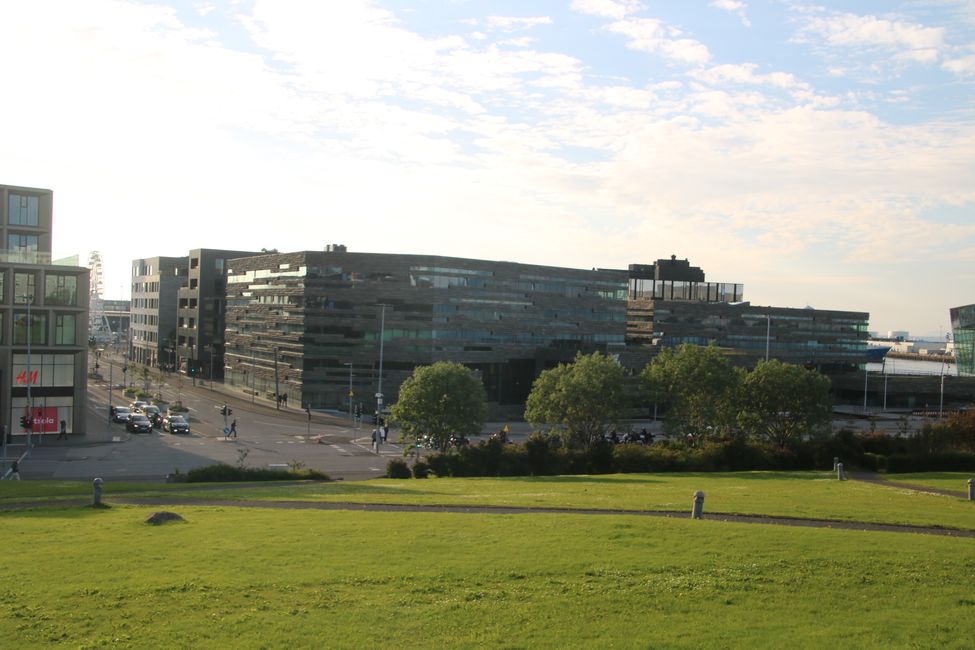
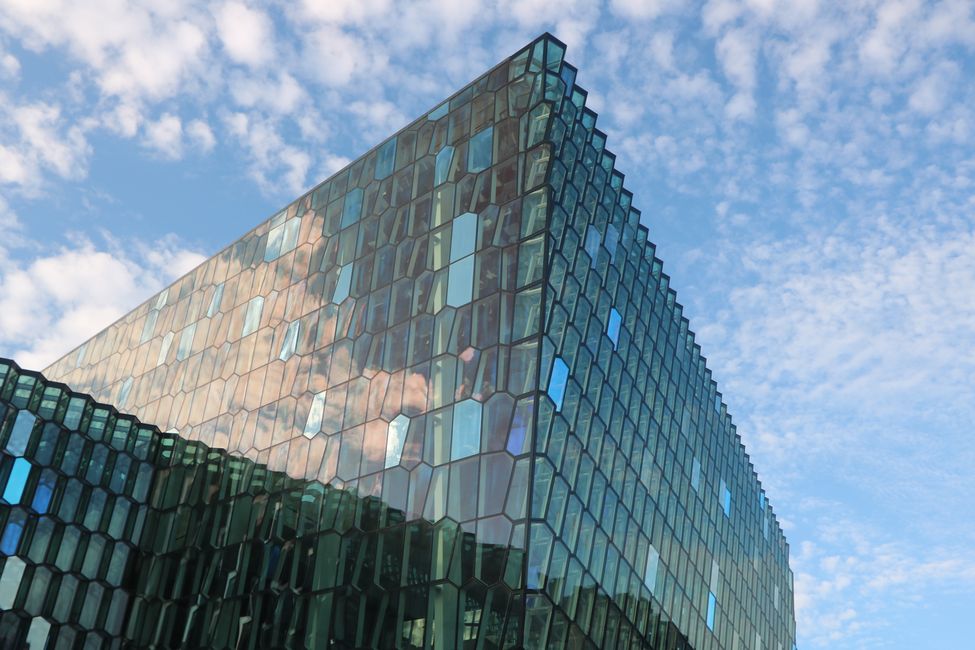
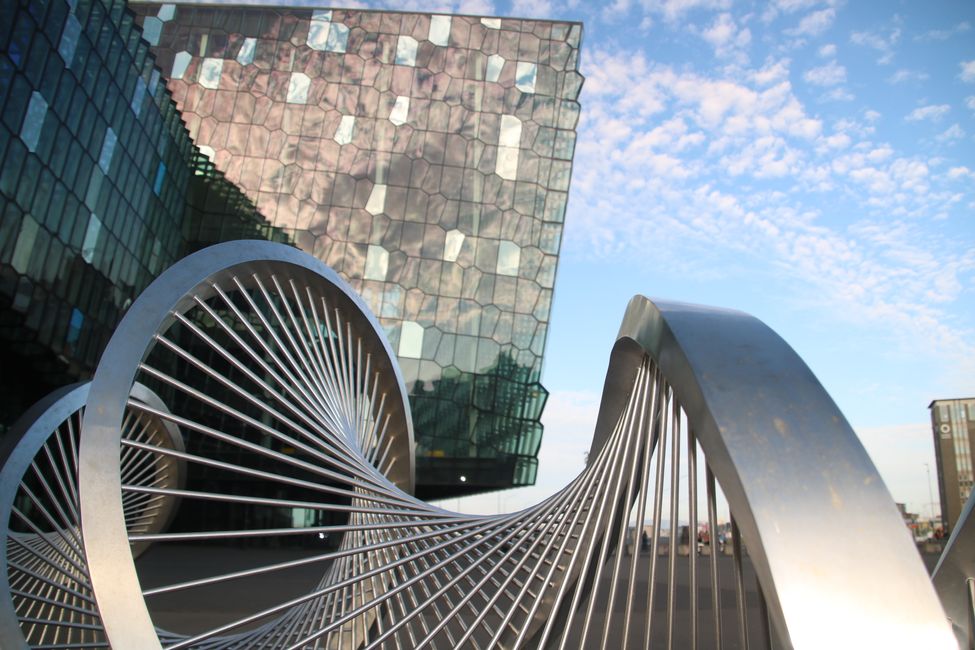

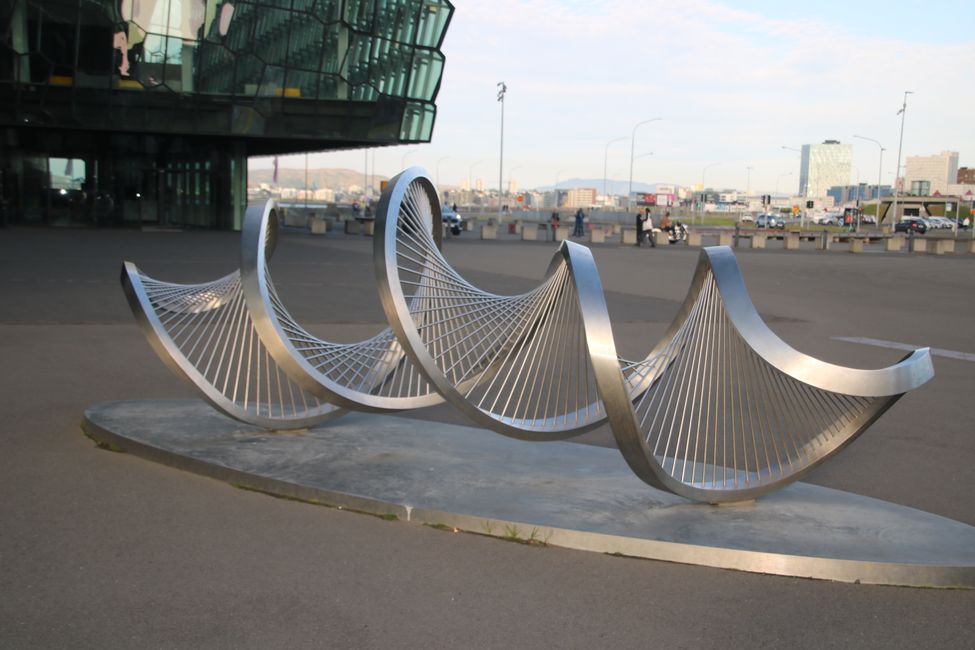
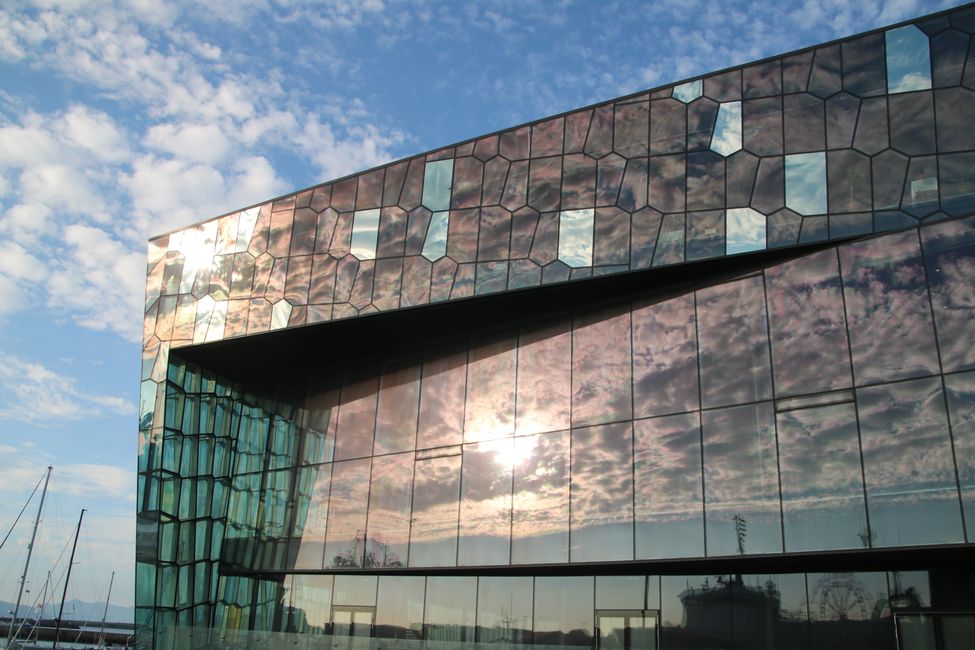
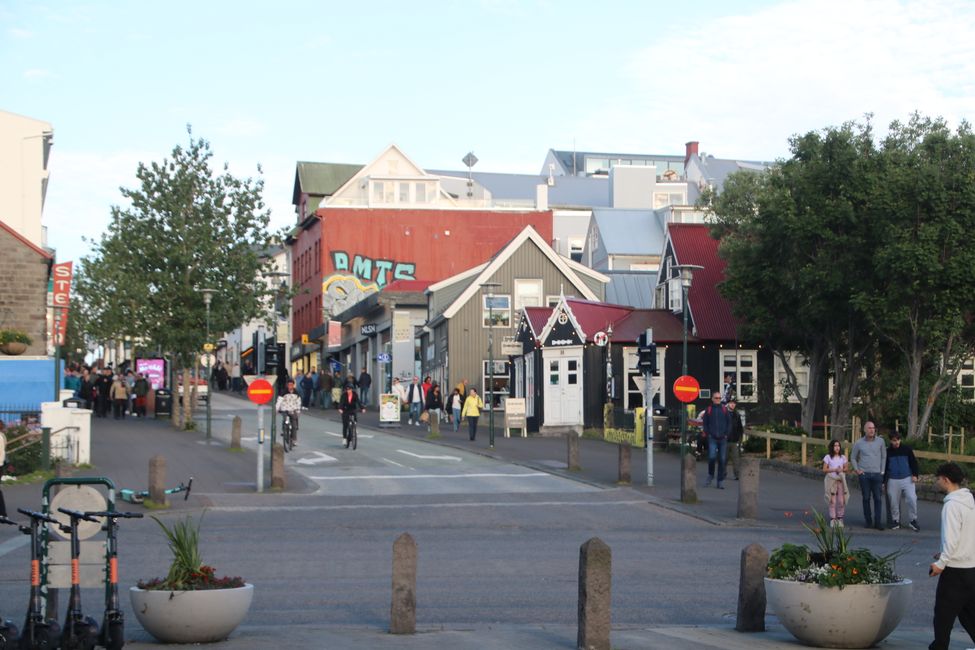
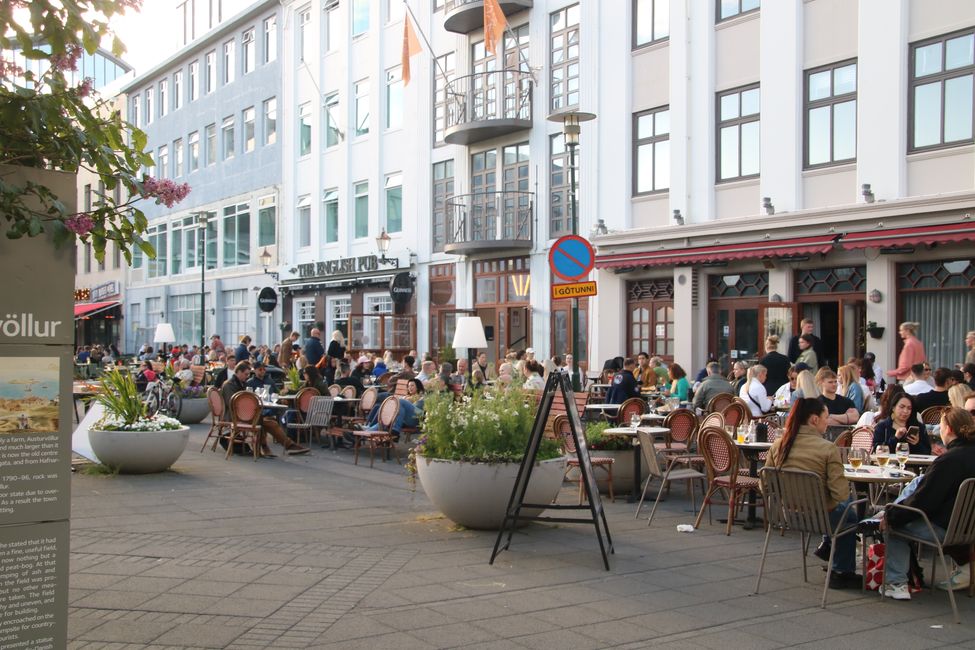
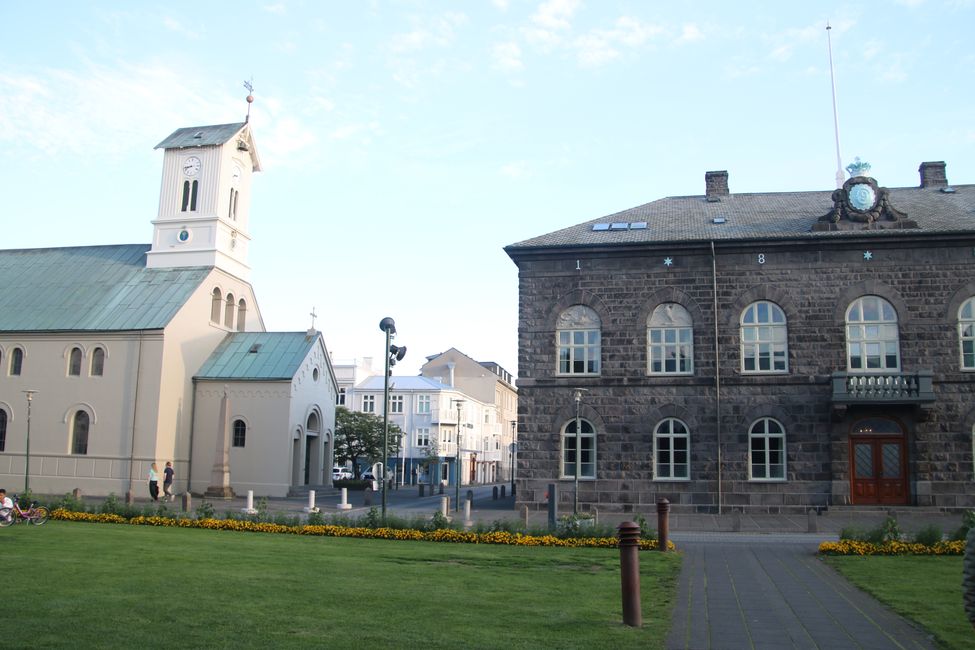
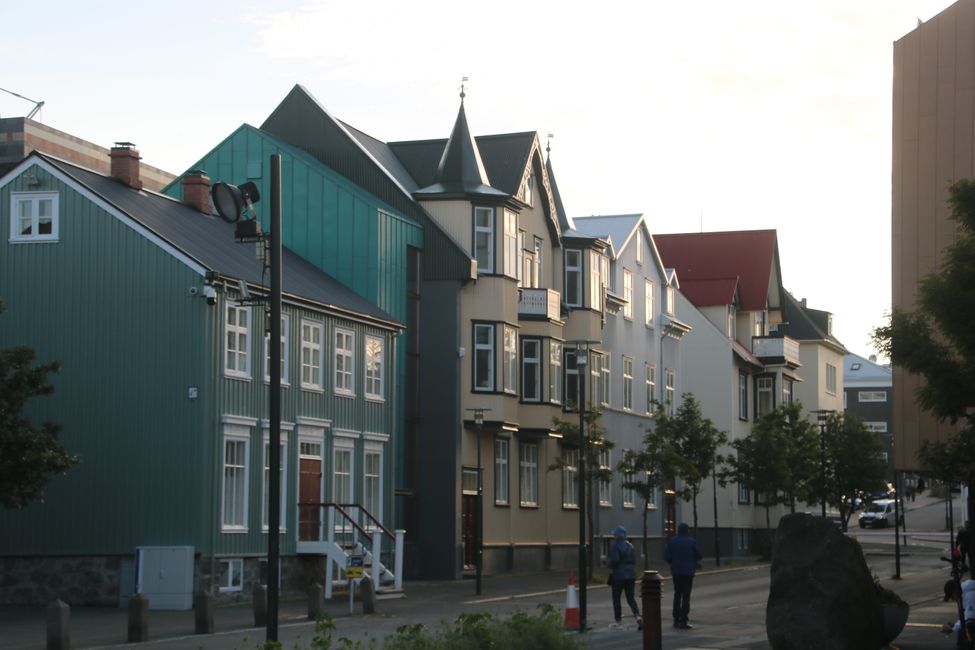
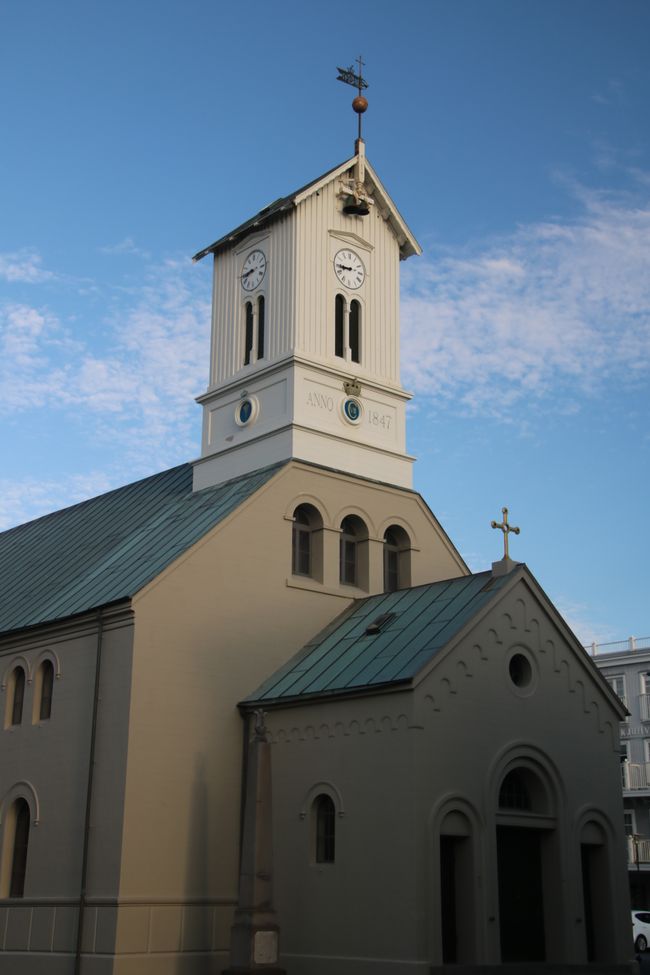
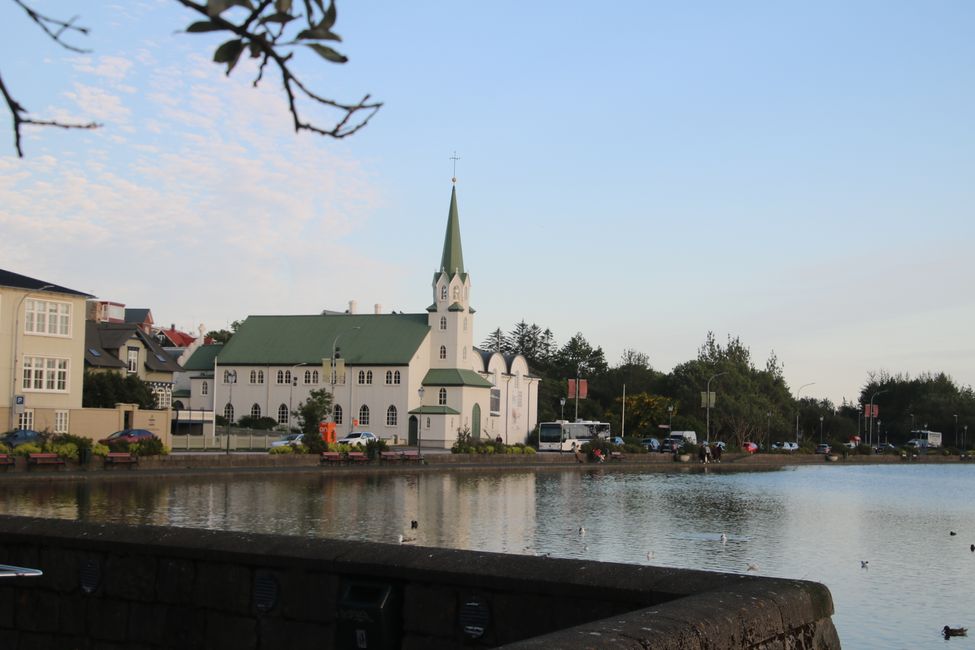
Iyandikishe mu kinyamakuru
After our trip to the south coast of Iceland, there was still time in the evening for a visit to Iceland's capital.
Our first stop was the Hallgrimskirkja, built from basalt stone. An imposing sight with a forecourt that attracts many tourists and locals. It serves as a meeting point for everyone.
We stroll through the small streets with their colorful houses, which often have a corrugated iron facade, as is the case in Iceland and Greenland. In a lecture on the ship, we were told beforehand that this is because there are rich aluminum deposits in the north and that this material is therefore used as a facade. Whether that is true is debatable... In any case, this type of facade is very common, so this conclusion is obvious...😉
Many houses in the city center, which is quite small, are decorated with street art. The houses are not only brightly colored, but often also have artistic designs on the walls.
If not exactly world-famous, then at least very well-known is Regenbogagatan. Reykjavik's shopping street, whose floor is painted in the colors of the rainbow. Reykjavik has been known for many years as a city of diversity and freedom for all. However, this is not something they boast about, they take it for granted.
It is striking that Icelanders have a different perception of temperature compared to us Central Europeans. Firstly, as we walk through the city, we see an older man painting the facade of his house with his shirt off. It is around 9 p.m. and the thermometer shows around 10 degrees. The guests in the outdoor areas of the countless restaurants are just as insensitive to temperature. Here, people sit outside and drink their beer or something similar with a calmness that we only know on warm summer evenings. We also see women walking through the streets with friends in light summer dresses. We see this, zip up our warm jackets a little higher and shake our heads in amusement. The people here are used to different temperatures and don't immediately cry if it doesn't get above 20 degrees in the summer.
The architectural highlight is the "Harpa", the Icelandic concert hall. Very beautiful architecture with the honeycomb-shaped panes that generate new colors in the sunlight and depending on the time of day. As the walk continues, we pass the seat of parliament and the oldest cathedral in Reykjvik.
We end our visit to the city and drive our car to the port in the hope of finding a parking space in the industrial area where we can leave the car without running the risk of it being towed away at some point during the night or in the morning.
We are lucky and find a safe place right near our ship.
Iyandikishe mu kinyamakuru
Igisubizo
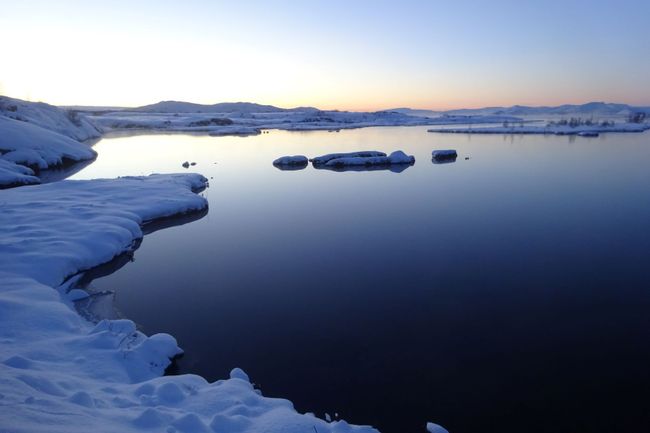
Raporo yingendo Isilande
